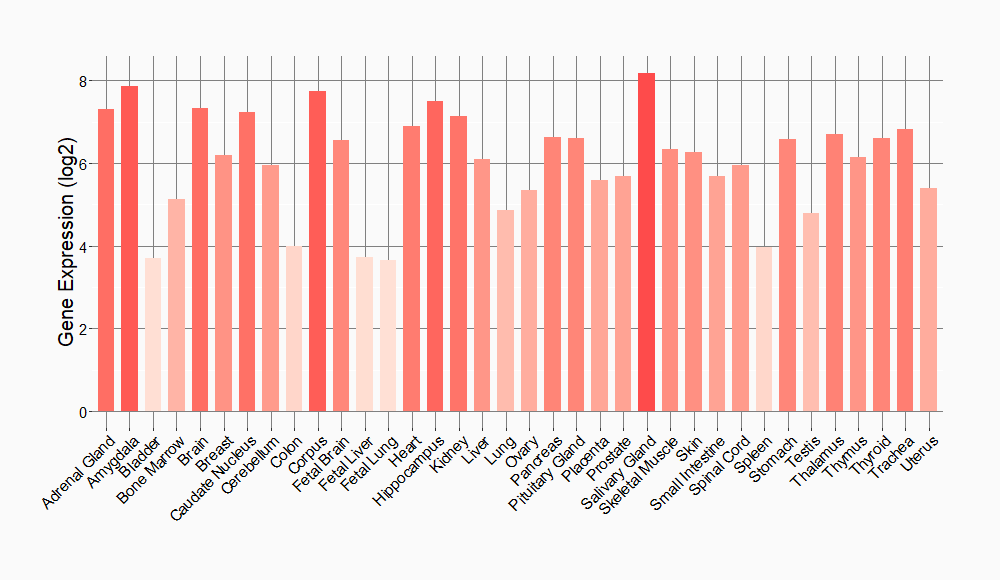Molecule Information
General Information of the Molecule (ID: Mol00592)
| Name |
RasGAP-activating-like protein 1 (RASAL1)
,Homo sapiens
|
||||
|---|---|---|---|---|---|
| Synonyms |
RAS protein activator like 1; Ras GTPase-activating-like protein; RASAL
Click to Show/Hide
|
||||
| Molecule Type |
Protein
|
||||
| Gene Name |
RASAL1
|
||||
| Gene ID | |||||
| Location |
chr12:113098819-113136239[-]
|
||||
| Sequence |
MAKSSSLNVRVVEGRALPAKDVSGSSDPYCLVKVDDEVVARTATVWRSLGPFWGEEYTVH
LPLDFHQLAFYVLDEDTVGHDDIIGKISLSREAITADPRGIDSWINLSRVDPDAEVQGEI CLSVQMLEDGQGRCLRCHVLQARDLAPRDISGTSDPFARVFWGSQSLETSTIKKTRFPHW DEVLELREMPGAPSPLRVELWDWDMVGKNDFLGMVEFSPKTLQQKPPKGWFRLLPFPRAE EDSGGNLGALRVKVRLIEDRVLPSQCYQPLMELLMESVQGPAEEDTASPLALLEELTLGD CRQDLATKLVKLFLGRGLAGRFLDYLTRREVARTMDPNTLFRSNSLASKSMEQFMKLVGM PYLHEVLKPVISRVFEEKKYMELDPCKMDLGRTRRISFKGALSEEQMRETSLGLLTGYLG PIVDAIVGSVGRCPPAMRLAFKQLHRRVEERFPQAEHQDVKYLAISGFLFLRFFAPAILT PKLFDLRDQHADPQTSRSLLLLAKAVQSIGNLGQQLGQGKELWMAPLHPFLLQCVSRVRD FLDRLVDVDGDEAGVPARALFPPSAIVREGYLLKRKEEPAGLATRFAFKKRYVWLSGETL SFSKSPEWQMCHSIPVSHIRAVERVDEGAFQLPHVMQVVTQDGTGALHTTYLQCKNVNEL NQWLSALRKASAPNPNKLAACHPGAFRSARWTCCLQAERSAAGCSRTHSAVTLGDWSDPL DPDAEAQTVYRQLLLGRDQLRLKLLEDSNMDTTLEADTGACPEVLARQRAATARLLEVLA DLDRAHEEFQQQERGKAALGPLGP Click to Show/Hide
|
||||
| Function |
Probable inhibitory regulator of the Ras-cyclic AMP pathway. Plays a role in dendrite formation by melanocytes.
Click to Show/Hide
|
||||
| Uniprot ID | |||||
| Ensembl ID | |||||
| HGNC ID | |||||
| Click to Show/Hide the Complete Species Lineage | |||||
Type(s) of Resistant Mechanism of This Molecule
Drug Resistance Data Categorized by Drug
Approved Drug(s)
1 drug(s) in total
| Drug Resistance Data Categorized by Their Corresponding Mechanisms | ||||
|
|
||||
| Disease Class: Hepatocellular carcinoma | [1] | |||
| Resistant Disease | Hepatocellular carcinoma [ICD-11: 2C12.2] | |||
| Resistant Drug | Sorafenib | |||
| Molecule Alteration | Expression | Down-regulation |
||
| Experimental Note | Revealed Based on the Cell Line Data | |||
| Cell Pathway Regulation | RASAL1 signaling pathway | Inhibition | hsa04014 | |
| In Vitro Model | Huh-7 cells | Liver | Homo sapiens (Human) | CVCL_0336 |
| BEL-7402 cells | Liver | Homo sapiens (Human) | CVCL_5492 | |
| HepG2 cells | Liver | Homo sapiens (Human) | CVCL_0027 | |
| Hep3B cells | Liver | Homo sapiens (Human) | CVCL_0326 | |
| SMMC7721 cells | Uterus | Homo sapiens (Human) | CVCL_0534 | |
| L02 cells | Liver | Homo sapiens (Human) | CVCL_6926 | |
| In Vivo Model | Nude mouse xenograft model | Mus musculus | ||
| Experiment for Molecule Alteration |
Western blot analysis; Luciferase reporter assay | |||
| Experiment for Drug Resistance |
MTT assay | |||
| Mechanism Description | Long non-coding RNA TUC338 is functionally involved in sorafenib-sensitized hepatocarcinoma cells by targeting RASAL1. knockdown of TUC338 was accompanied with increased expression of RASAL1 in HCC cell line with increased proliferation and invasion ability, knockdown of TUC338 could activate the RASAL1 pathway and inhibit tumor growth genes by directly targeting RASAL1 3'-UTR. | |||
Disease- and Tissue-specific Abundances of This Molecule
ICD Disease Classification 02

| Differential expression of molecule in resistant diseases | ||
| The Studied Tissue | Liver | |
| The Specified Disease | Liver cancer | |
| The Expression Level of Disease Section Compare with the Healthy Individual Tissue | p-value: 1.18E-01; Fold-change: -6.77E-02; Z-score: -2.85E-01 | |
| The Expression Level of Disease Section Compare with the Adjacent Tissue | p-value: 5.76E-01; Fold-change: -2.03E-02; Z-score: -9.63E-02 | |
| The Expression Level of Disease Section Compare with the Other Disease Section | p-value: 2.95E-01; Fold-change: 1.19E-01; Z-score: 6.47E-01 | |
|
Molecule expression in the normal tissue adjacent to the diseased tissue of patients
Molecule expression in the diseased tissue of patients
Molecule expression in the normal tissue of healthy individuals
Molecule expression in tissue other than the diseased tissue of patients
|
||
| Disease-specific Molecule Abundances |

|
Click to View the Clearer Original Diagram |
Tissue-specific Molecule Abundances in Healthy Individuals


|
||
References
If you find any error in data or bug in web service, please kindly report it to Dr. Sun and Dr. Zhang.
